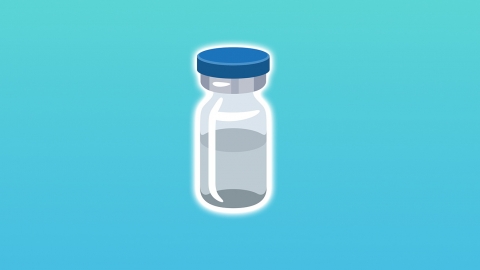What are the functions, effects, and side effects of lactulose?
Generally, lactulose is mainly available as an oral solution. The efficacy and functions of lactulose include treating constipation, reducing blood ammonia levels, regulating intestinal flora, relieving functional dyspepsia, and preventing antibiotic-associated diarrhea. Side effects may include bloating, abdominal pain, diarrhea, nausea and vomiting, and blood glucose fluctuations. Detailed analysis is as follows:

I. Efficacy and Functions
1. Treatment of Constipation
In the colon, lactulose is broken down by intestinal bacteria into lactic acid and acetic acid, lowering the intestinal pH and acidifying the gut environment. The acidic environment stimulates intestinal motility and increases the osmotic pressure within the intestine, retaining water in the intestinal lumen, softening stools, promoting defecation, and effectively relieving symptoms of constipation.
2. Reduction of Blood Ammonia Levels
For patients at risk of or already suffering from hepatic encephalopathy, lactulose acidifies the intestinal tract, creating an acidic environment. Under acidic conditions, ammonia is converted into ammonium ions, which are less likely to pass through the intestinal mucosa into the bloodstream. This reduces ammonia absorption from the gut, lowers blood ammonia levels, and improves symptoms of hepatic encephalopathy.
3. Regulation of Intestinal Flora
Lactulose acts as a prebiotic that can be utilized by beneficial intestinal bacteria such as bifidobacteria and lactobacilli, promoting their growth and proliferation while inhibiting the growth of harmful bacteria. Improved balance of intestinal flora helps maintain normal intestinal physiological functions and enhances intestinal barrier function.
4. Relief of Functional Dyspepsia
Lactulose regulates intestinal motility, promoting the movement and digestion of food within the gastrointestinal tract. At the same time, improvement of the intestinal flora environment helps in the normal secretion and function of digestive enzymes, alleviating symptoms of functional dyspepsia such as bloating, early satiety, and loss of appetite.
5. Prevention of Antibiotic-Associated Diarrhea
Antibiotics may disrupt the balance of intestinal flora during use, leading to diarrhea. Lactulose promotes the growth of beneficial bacteria, restoring the ecological balance of the intestinal flora, reducing intestinal flora imbalance caused by antibiotic use, thereby preventing the occurrence of antibiotic-associated diarrhea.
II. Side Effects
1. Bloating
Due to increased gas production in the intestine and accelerated intestinal motility with gas accumulation, some patients may experience bloating after taking lactulose, which is more noticeable at the beginning of treatment.
2. Abdominal Pain
Patients may experience intestinal irritation, enhanced motility, and intestinal spasms, which may lead to mild or crampy abdominal pain; the severity varies among individuals.
3. Diarrhea
If the dose of lactulose is too high, it may cause diarrhea with increased frequency of bowel movements. In severe cases, watery stools may occur, possibly leading to dehydration and electrolyte imbalance.
4. Nausea and Vomiting
A few patients might experience nausea and vomiting, possibly related to gastrointestinal irritation by the medication and gastrointestinal dysfunction, affecting appetite and food intake.
5. Blood Glucose Fluctuations
Lactulose can be broken down into monosaccharides in the body. Diabetic patients may experience elevated blood glucose levels after using lactulose, affecting glucose control, so blood glucose levels need to be closely monitored.
When taking lactulose, strictly follow the dosage instructions provided by your doctor or as indicated in the drug's package insert. Do not adjust the dosage on your own. If diarrhea occurs, promptly reduce the dosage or discontinue the medication, pay attention to rehydration and electrolyte replacement, and drink some lightly salted water to prevent dehydration and electrolyte imbalance.








